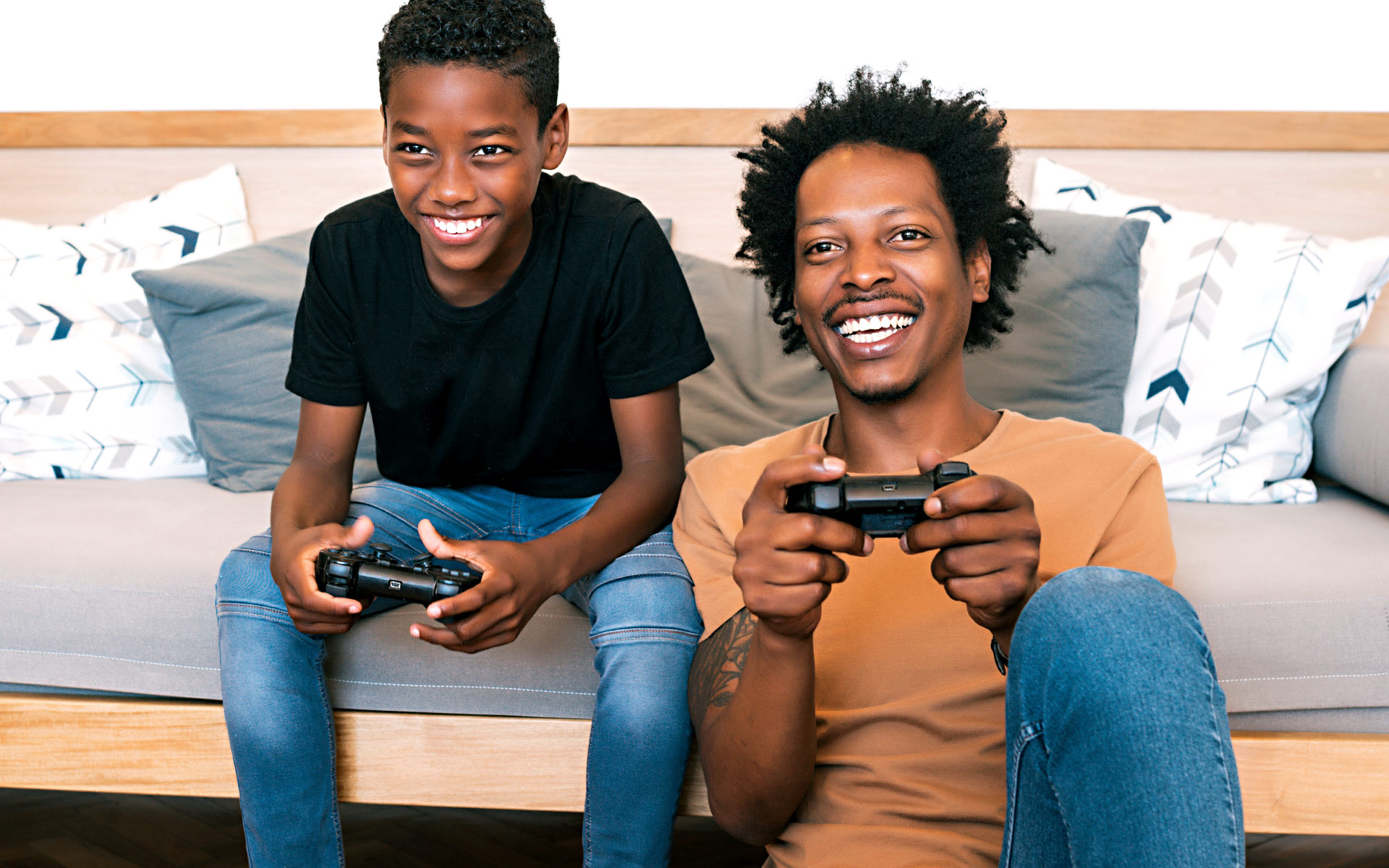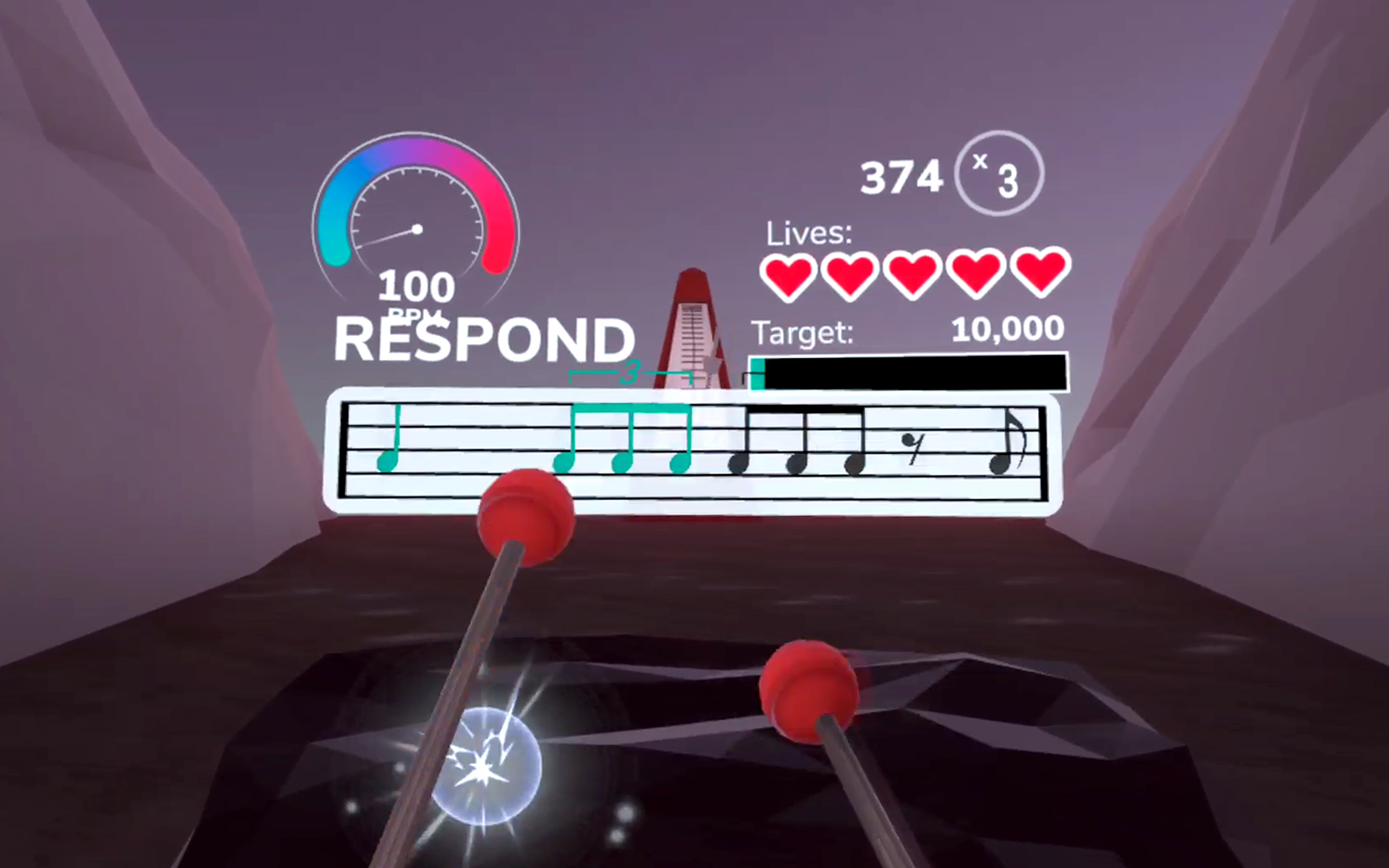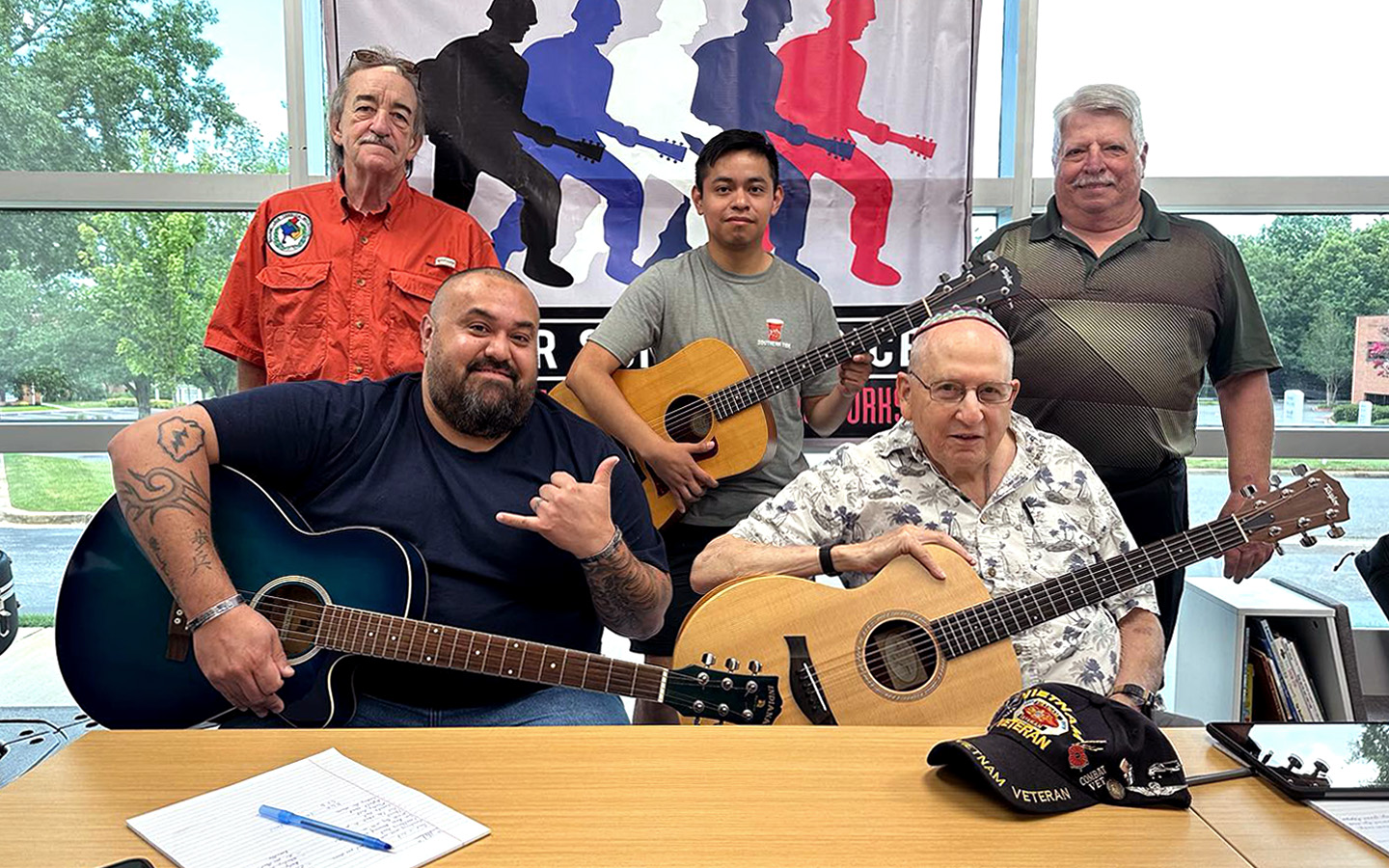The following information on video game design is excerpted from the Berklee Online course Game Design Principles, written by Lori Landay, and currently enrolling.
The playcentric approach to game design puts the player experience at the center of the design process. In my Game Design Principles course, you set player experience goals as part of how you generate ideas, to help you focus your creative process, to hone the core mechanic (the main activity of your game), and to create meaningful play. But before we get ahead of ourselves, let’s start with some basics.
What is Game Design?
When we use the term “game design,” we are taking a design approach to the creation of games. Design is not only a way of connecting aesthetics and practicality in the creation of objects in everyday life, but also a mindset that is becoming more prominent in more than just the design industries.
Design thinking has emerged as an extremely influential paradigm, so much so that we could say it characterizes the new media industries of this century.
The general flow of design thinking is as such:
- Understand: Collect and validate existing information.
- Observe: Research the wants and needs of the target audience.
- Point of View: Establish this by synthesizing research.
- Ideate: Come up with solutions that address the customers’ needs.
- Prototype: Start to make your ideas/solutions tangible.
- Test: Gather input from users and customers by having them test your prototypes.
The Iterative Process of Game Design
Design thinking is at the core of the iterative process of game design that characterizes the video game industry. In the video game design process, the iterative process focuses on the player experience. As we see in one of the books we read in the course, The Game Design Workshop, Tracy Fullerton explains how playcentric game design and focusing on the player experience is essential for audience engagement. Fullerton views the game designer as an “advocate for the player.”
Each phase of game development goes through the steps of generating ideas, formalizing ideas, testing ideas, evaluating results, revising the system based on the results, and then going through a testing-evaluating-revising loop again and again. The purpose is to see how the system or idea matches up to the player experience the designer wants to achieve.
We start with the concepts of the game idea. If that sounds vague and formless, it’s because ideas and concepts often are vague and formless! At least at first. The processes of game design and game development actualize ideas into games, first as designs described by words and images, then as prototypes to test the designs, and then ultimately as games that people can play.
Game Design and the Design Document
The design document is one of the tools that we can use to help make the concepts of the game idea become reality. The design document functions to:
- Archive the many details of the game so the team can find and remember them.
- Communicate the ideas to the people who implement them.
- Track progress by being updated to reflect changes as the design changes because of the iterative process.
The design document builds on the steps of the development process, and their documents. In the early stages of developing a game, designers write a concept document and a game proposal that they use to pitch the game. The concept document can be used as the basis of overview in the design document, and the game proposal fills in further information.
The Game Concept Document
The Game Concept Document includes these sections:
- Introduction
- Background (optional)
- Description
- Key features
- Genre
- Platform(s)
- Concept art (optional)
The Game Proposal
The Game Proposal includes:
- Revised game concept (preceding)
- Market analysis
- Technical analysis
- Legal analysis (if applicable)
- Cost and revenue projections
- Art
Both the Game Concept and Game Proposal documents are used to sell the game and are written for an audience that is external to the development team. In contrast, the Design Document is a working document, not meant to be read by outsiders. It includes information from the concept and proposal material and also more details about how the game functions. Some people refer to it as a “playbook” for the project.
The lead designer is usually the author of the design document, but everyone on the team uses it and contributes to it. Although there is no universal template for a design document, there are some features that most include.
According to Fullerton, the design document has these parts:
- Overview and vision statement
- Audience, platform, and marketing
- Gameplay
- Characters (if applicable)
- Story (if applicable)
- World (if applicable)
- Media list
Sometimes the technical specs are included in the design document, and sometimes they are in a separate document. The Technical Specification is the section of the design document that details how the game functions, for a technical audience, such as the programmer and technical director.
So where do we go from here? Start thinking like a game designer using what you know best as the material. Then, proceed through the first four steps of design thinking. To refresh:
- Understand: Collect and validate existing information.
- Observe: Research the wants and needs of the target audience.
- Point of View: Establish this by synthesizing research.
- Ideate: Come up with solutions that address the customers’ needs.
So you will work to understand and observe other games on the market, synthesize this research, and then ideate about what you can bring to the table, keeping in mind the player’s experience a la the playcentric approach.
Choose areas of your life that you can imagine as games. Describe how each of those areas could be systems with rules, challenges, and goals that could be a structure for a game. Have fun with this, and enjoy playing creatively with even the most mundane parts of everyday life.
Game Design Idea Examples
Here are some highlights that students have proposed in previous semesters of this course:
- Bartender: This game involves working as a bartender, where the player’s objective is to quickly and efficiently serve guests to earn tips and achieve a high score. This involves greeting guests, finding out what they want, pouring beers, making mixed drinks correctly, handling money and tabs accurately, and managing time effectively. As the game progresses, the difficulty increases with more guests, different types of customers, and additional challenges such as juggling food and drink orders.
- Roots: In this game, the player controls a character who has been living with adoptive parents for most of their life, with no knowledge of who they really are. The character sets out on a journey to find their lost family. The game is an open-world RPG with elements of parkour, hacking, and sneaking, but the main character is not skilled at fighting or running. This makes the game somewhat similar to The Last of Us, where there are long stretches without combat. To survive, the player tries to avoid confrontations while searching for clues, talking to people, and finding allies to uncover the truth about their past while managing limited resources and facing challenges along the way.
- Shopping List: Going to the store can be a boring endeavor, but what if the stakes were higher? Modeled as a “brain game” of sorts, in this game your significant other sends you on a hefty shopping trip with a handwritten list. Upon arrival you take a long look at it, and are then required to test your short-term memory. The player is given an allotted time, maybe 30 seconds to a minute, to memorize the list and navigate the store successfully. Players are graded on their accuracy and average time spent between shopping for items. This game could have tiers of difficulty based on size of the list, how common the items are, and how busy the store is. Maybe the hardest level can be called “Shopping for Thanksgiving, on Thanksgiving.”
- The Mixer: I own and operate a recording studio. I am a full-time producer, mix engineer, and songwriter. My goal is to make great art out of audio. In this game the “mixer” would be given audio tracks to edit, arrange, mix, and master. During this process they would need to take phone calls, text messages, and email comments from the client(s), managers, and record labels. Other obstacles would include dealing with faulty cables, system failures, and software problems. Each step of the way the mixer might be rewarded with new and better equipment and less difficult clients. As they proceed up to the next level the song edits get harder, the arrangements more difficult there is less time to finish the project.
- Cat Owner Life: The cat is an animal which is anything but predictable. My life as a cat owner can be compared to 100 Floors, the most headache-inspiring puzzle game, because there is no obvious way to play it and the game seems to change from clue to clue, just like a cat. When my cat does something weird (e.g., bites my leg, meows loudly without reason, scratches my sofa, or lays down in funny positions) I have to figure out what she is trying to tell me: Is she hungry? Does she want to play? Does she just want attention? So every time I have to pass through from quest to quest and it never seems to end, just like a puzzle game. But it’s always fun!
Basically, you can design a successful game by exaggerating a situation from actual life, but it needs to walk a fine line: if it’s too much like real life then it’s not enough of a game, but if it’s not enough like real life, then people won’t be able to relate to it. Remember the playcentric approach and keep the player at the top of your mind. As you see from the above examples, you can make game elements out of the frustrations, obstacles, possible rewards, and everyday aspects of life. The only limit is your imagination.











